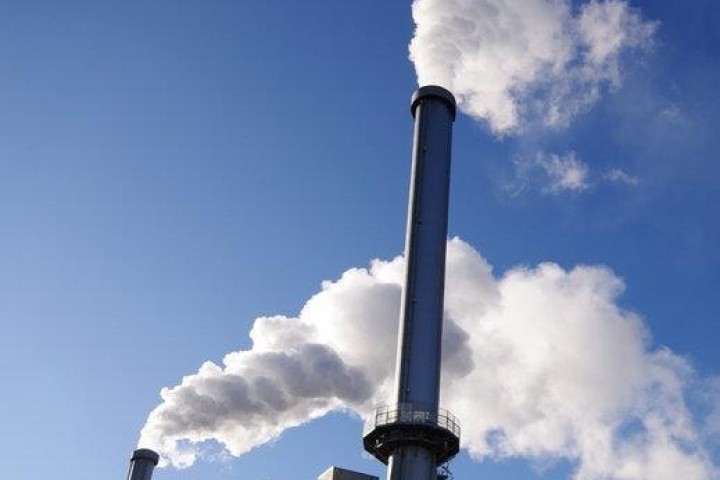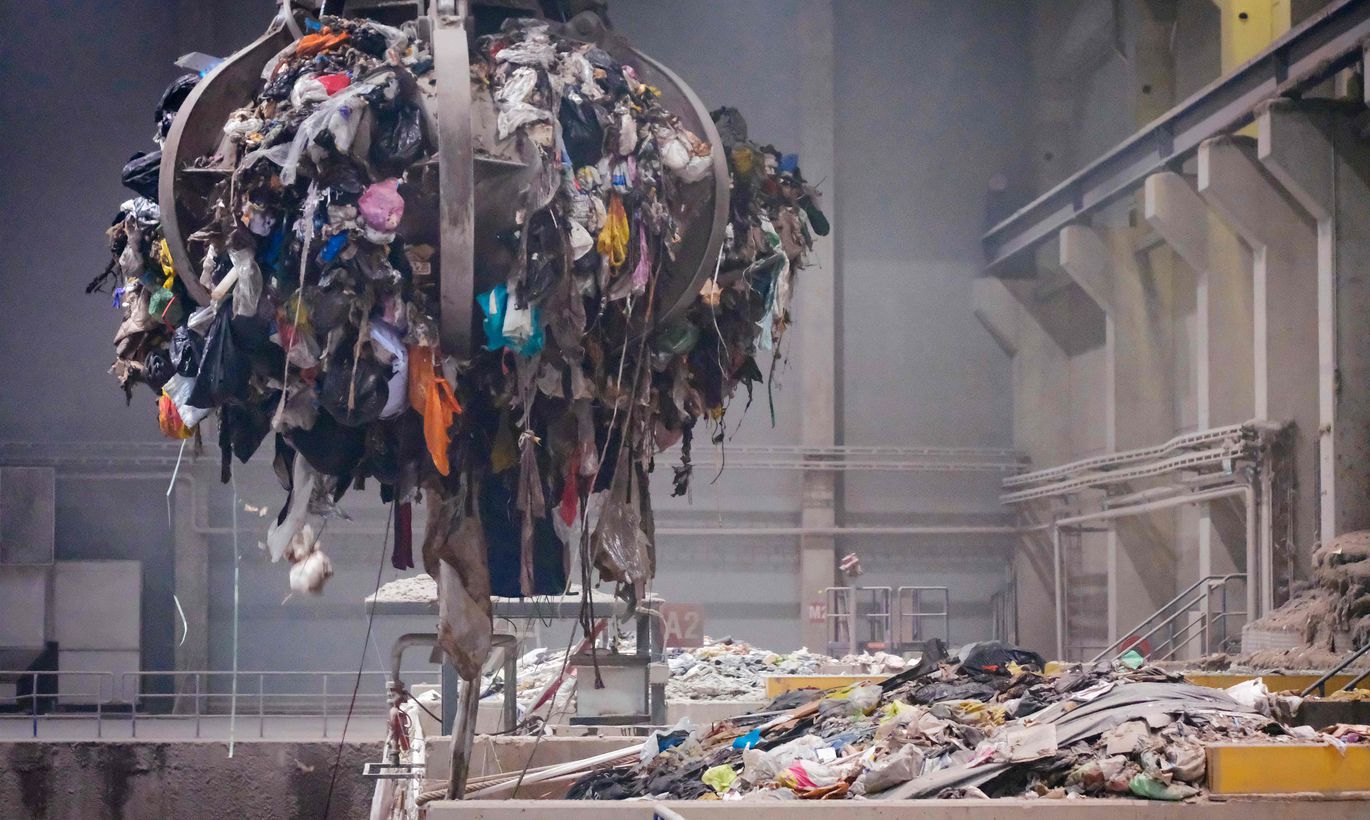Climate concern: Scotland burns four times more waste than five years ago

Climate concern: Scotland burns four times more waste than five years
The development has prompted new concerns that Scotland's incineration problem is going "unchecked" and shows not enough is being done to tackle the climate emergency.
Environmental campaigners say incineration contributes to climate change by emitting greenhouse gases from the waste burnt.
Friends of the Earth Scotland said that it shows that "valuable resources are sent up in smoke" and that the impact of burning plastic in particular was damaging the planet.
According to the Scottish Environmental Protection Agency (SEPA), the rise in incineration is likely to be the response of Scottish local authorities and waste management companies to divert waste from landfill ahead of the ban of biodegradable municipal waste (BMW) to Scottish landfills in 2025.
Most new incinerators market themselves as ‘energy-from-waste’ or ‘waste-to-energy’ plants meaning that they can make electricity or produce heat.
But critics say this is not a form of renewable energy as municipal waste is non-renewable, and focusing on these types of plants diverts opportunities away from "real renewable energy" solutions.
Last month, the Scottish Government instructed councils to call in applications for new waste incineration plants - a move that was in the past used ahead of a moritorium on fracking.
Ministers are now conducting a major review into incineration and its place in dealing with waste in Scotland.
Scotland currently has five working incinerators for household waste with a capacity of 788,000 tonnes per year.

As of last year, from Inverurie to Irvine, a further six incinerators were due to start operating in the next three years with the capacity to burn a further 1,056,000 tonnes of waste a year.
The review has come in the midst of concerns that each incinerator that is built in Scotland will lock the nation into years of "wasting resources" by burning them, and further environmental damage.
Incinerators were also seen by environmental groups as a barrier to moving to a circular economy.
Now SEPA data for how household waste was managed for local authorities in 2020 has revealed Scotland is now sending 660,000 tonnes to landfill - half as much as the nation was eight years ago.
And the nation is now incinerating 606,111 tonnes of the waste - compared to 157,090 in 2015. The rise in one year is 33.6% - an extra 152,000 tonnes.
Meanwhile according to SEPA the household recycling rate fell by 2.9 percentage points to 44% in 2020 and said it was likely to be down to the Covid-19 pandemic.
Kim Pratt, circular economy campaigner at Friends of the Earth Scotland said: “It is evident from the new data that Scotland has a huge incineration problem, which is currently increasing unchecked. This is unacceptable because burning waste contributes directly to climate change and valuable materials are lost to our economy.
“This rapid rise in incineration must be stopped. The independent review currently being conducted into incineration must provide the Scottish Government with an exit strategy from incineration.
"Unless Scotland can keep materials cycling round the economy rather than burning them, we have no hope of achieving a circular economy and reducing the environmental impact of our waste.”
A ban on sending biodegradable municipal waste (BMW) to landfill is due to be introduced in 2025, after the Scottish Government announced in September 2019 that the ban would be delayed for years.
This delay has given local authorities across Scotland extra time to decide how they will divert their waste from landfill, but there has been growing concern that they see incineration as the solution.
An analysis by Zero Waste Scotland showed that each tonne of household waste burnt emits 246 kg of greenhouse gases, which is only slightly lower than the emissions from sending the same waste to landfill (337 kgCO2e).
Official figures revealed that in April, 2019 just 14 of Scotland's 32 councils had made the financial investment to ensure solutions are in place before the 2021 landfill ban, accounting for just 55% of municipal waste. This was despite the fact the planned ban was announced in 2012.
Nine councils making up 23% of municipal waste had no plan at all for the ban, while others had long-term solutions but not an interim one, or vice-versa.
A Scottish Government spokesman said: “We have recently provided £20 million of support for local authorities to help them increase recycling and cut emissions. This is the beginning of one of the biggest investments in recycling in Scotland in a generation.
“The pandemic caused disruption to recycling services, including temporary closure of Household Recycling Centres. This appears to have had a major impact on local recycling rates.
“We want to see materials remain in use for as long as possible before they are recycled and will be introducing an ambitious Circular Economy Bill to help make that happen.
“As well as reducing and recycling, we must deal with waste effectively. That’s why we have initiated an independent review of the role of incineration, which will make sure it aligns with our emissions reduction targets.”

